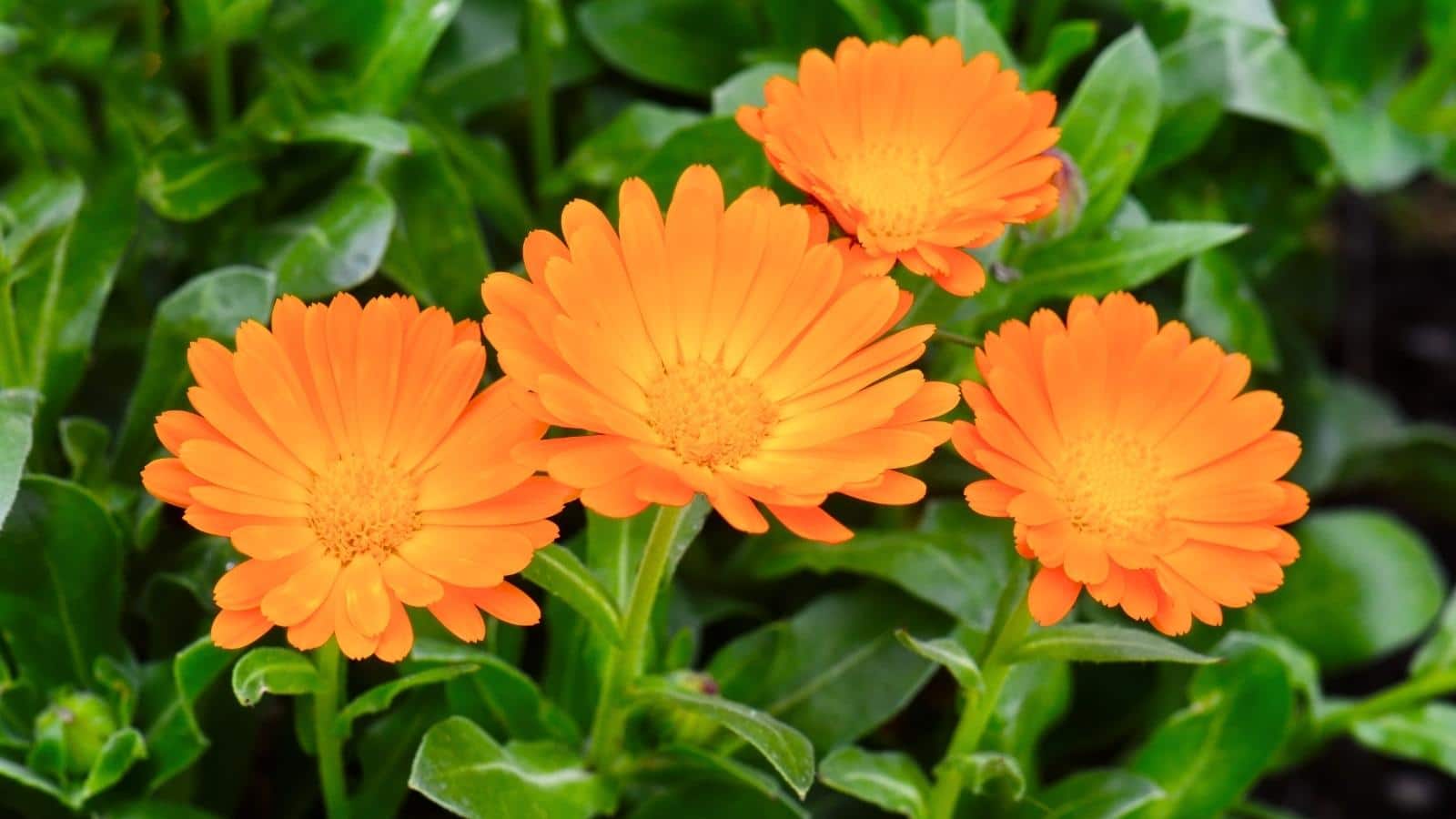Calendula

Calendula is known for its bright and cheerful flowers, which range in color from vibrant orange to yellow. The flowers have a daisy-like appearance, with multiple rows of petals surrounding a central disc. The plant grows as an annual or short-lived perennial, reaching a height of about 30 to 60 centimeters (12 to 24 inches).
Calendula has a long history of use in traditional medicine, culinary applications, and skincare. The petals of the plant are commonly used to create herbal infusions, oils, creams, and ointments. Calendula preparations are renowned for their soothing and healing properties and are often used topically to support skin health, reduce inflammation, and promote wound healing.
In addition to its medicinal uses, calendula is also cultivated for ornamental purposes, as it adds vibrant color to gardens and landscapes. It is a popular choice for borders, containers, and flower beds due to its attractive flowers and easy cultivation.
Calendula is generally considered safe for external use, but it’s important to be cautious if using it internally or if you have any known allergies or sensitivities. As with any herbal remedy, it is advisable to consult with a healthcare professional or herbalist before using calendula, especially if you have underlying health conditions, are taking medications, or are pregnant or breastfeeding. They can provide guidance based on your individual circumstances.



Leave a Reply